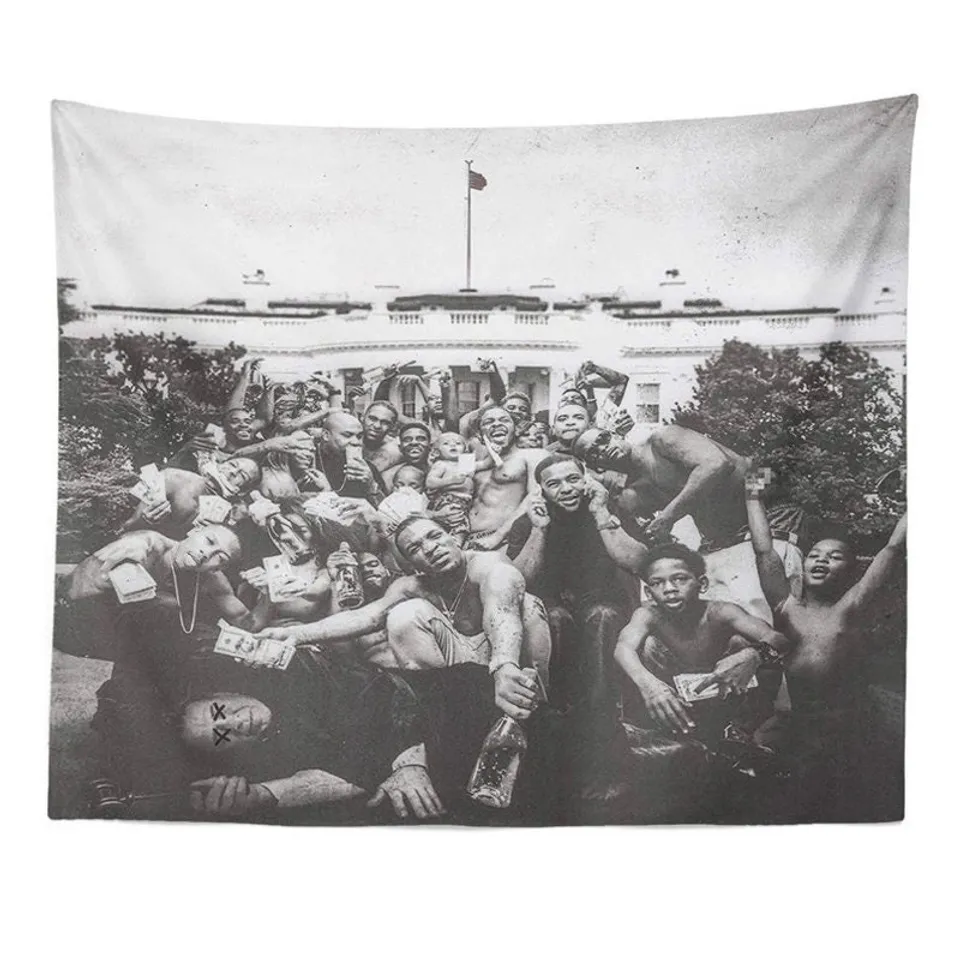Jenice Jamison |Technician Sports Editor
The underrepresentation of minorities in positions of power in the National Football League has come under scrutiny over the years, specifically in the 2000s. Sixty-seven percent of its players are African-American, but less than 10 percent of the direct leaders of these men, the head coaches, are from the same racial background.
The NFL had five African-American head coaches during the 2012 season, two less than the season before. Black Monday, the day after the last day of the regular season, wasn’t kind to African-American head coaches as two of the eight head coaches fired were black.
When the coaching carousel ended with the final vacancy being filled for the 2013 season, no African-American head coaches were hired. Every franchise complied with the Rooney Rule, stating that each team must interview a minority for a head coach or general manager position, but that obviously didn’t make a difference this offseason.
The 2012 Racial and Gender Report Card for the NFL by Richard Lapchick, Philip Costa, Tamara Sherrod and Rahman Anjorin of the University of Central Florida gave the NFL a B+ in head coaching diversity. That grade has a high possibility of being demoted in 2013.
The talent pool of African-American head coaches is deepening, but are the wheels churning too slowly? The number of men of color at the helm is obviously a depressing one, but slow progress is better than none at all.
Consider this, Eddie Robinson, arguably the most famous face in black college football, never got a shot at the NFL due to its institutionalized racism. Robinson turned Grambling State University into a college football powerhouse that was essentially a farm system for the NFL. At the time of his retirement in 1997, Robinson held the record for the most wins in college football.
While he never got an opportunity to show what he could do at the professional level, he paved the way for many African-American football coaches to rise through the ranks of college football.
Also, because head coaches are considered the face of the team, and even the franchise, we tend to forget about other prominent positions within the organization that could benefit from diversity.
In 2011 the number of vice presidents of color in NFL franchises fell from 17 in the prior season to 13, according to the previously mentioned report. Pamela Browner-Crawley was the only female VP of color in 2011 with the Philadelphia Eagles. Jerry Reese was the first African-American general manager to win a Super Bowl with the New York Giants in 2008.
The NFL has definitely taken a step back in its progress towards reaching balanced racial representation in its franchises on and off the field, the tools are in place for men and women of color to thrive in the NFL.
The doors may be closed by the few organizations that choose not to recognize the leadership qualities and talents of people of color, but the NFL has made significant progress in enforcing diversity in its franchises.






